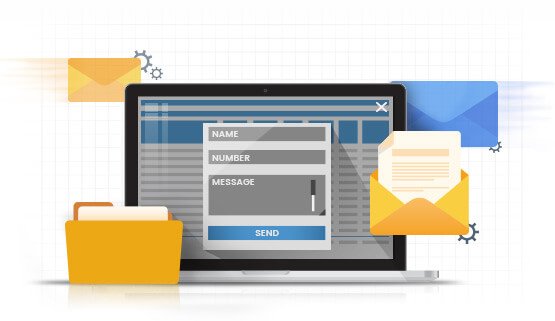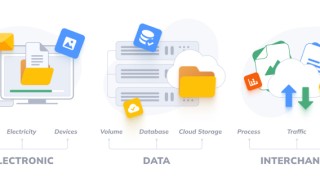
In today's fast-paced business landscape, streamlining operations and optimizing efficiency are no longer just buzzwords; they're survival tactics. For companies engaged in frequent data exchange with partners and suppliers, Electronic Data Interchange (EDI) emerges as a powerful tool, automating transactions and eliminating the friction of manual processes. But managing EDI effectively requires a strategic approach and a firm grasp of its intricacies. So, buckle up, because this comprehensive guide dives deep into the world of EDI management, empowering you to unlock its full potential.
Demystifying the Jargon: What is EDI?
Imagine exchanging crucial business documents like invoices, purchase orders, and shipping notifications – not through paper trails and emails, but electronically, directly between your systems and those of your partners. That's the essence of EDI. It replaces error-prone manual data entry with secure, automated data exchange, ensuring accuracy, speed, and seamless communication within your supply chain.
Benefits Beyond Automation: Why Embrace EDI Management?
The advantages of EDI extend far beyond mere automation. Here are just a few compelling reasons to consider EDI management:
- Reduced Costs: Eliminate paper, printing, postage, and manual data entry expenses, streamlining processes and saving valuable resources.
- Enhanced Accuracy: Say goodbye to typos and human errors; EDI ensures data consistency and accuracy in every transaction.
- Improved Speed: Transactions are processed electronically, significantly reducing processing times and accelerating business cycles.
- Increased Visibility: Gain real-time insights into order status, inventory levels, and deliveries, fostering better collaboration and planning.
- Strengthened Relationships: Streamlined communication and timely transactions build trust and solidify partnerships with suppliers and customers.
Navigating the Maze: Key Components of EDI Management
Effectively managing EDI requires a multi-pronged approach. Here are the crucial elements to consider:
- Translation Software: Implement EDI translation software to convert your internal data formats into the standardized EDI format and vice versa.
- Trading Partner Management: Establish secure communication channels with your partners and ensure compatibility with their EDI systems.
- Monitoring and Maintenance: Proactively monitor data flows, identify and address errors, and update your system as needed.
The EDI Management Challenge: Where Webxloo Comes In
Implementing and managing EDI can be complex, especially for businesses new to the technology. At Webxloo, we understand these challenges and provide comprehensive EDI management solutions to support your journey. Our team of experts:
- Analyzes your business needs and recommends the optimal EDI solution.
- Sets up and configures your EDI software for seamless integration.
- Manages your trading partner connections and ensures ongoing communication.
- Provides ongoing support and troubleshooting to address any issues.
Embrace the Future of Data Exchange: Start Your EDI Journey Today
EDI management is not just about technology; it's about embracing a strategic approach to data exchange. With its potential to streamline operations, reduce costs, and enhance collaboration, EDI can be a game-changer for your business. Partner with Webxloo, and let our expertise guide you on your journey towards a more efficient, automated, and future-proof data exchange system.
Contact us today for a free consultation and discover how Webxloo's EDI management solutions can unlock the full potential of your business operations.
Read our blog for more!




 Phone Consultation
Phone Consultation
 Request a quote
Request a quote
 Text a Message
Text a Message